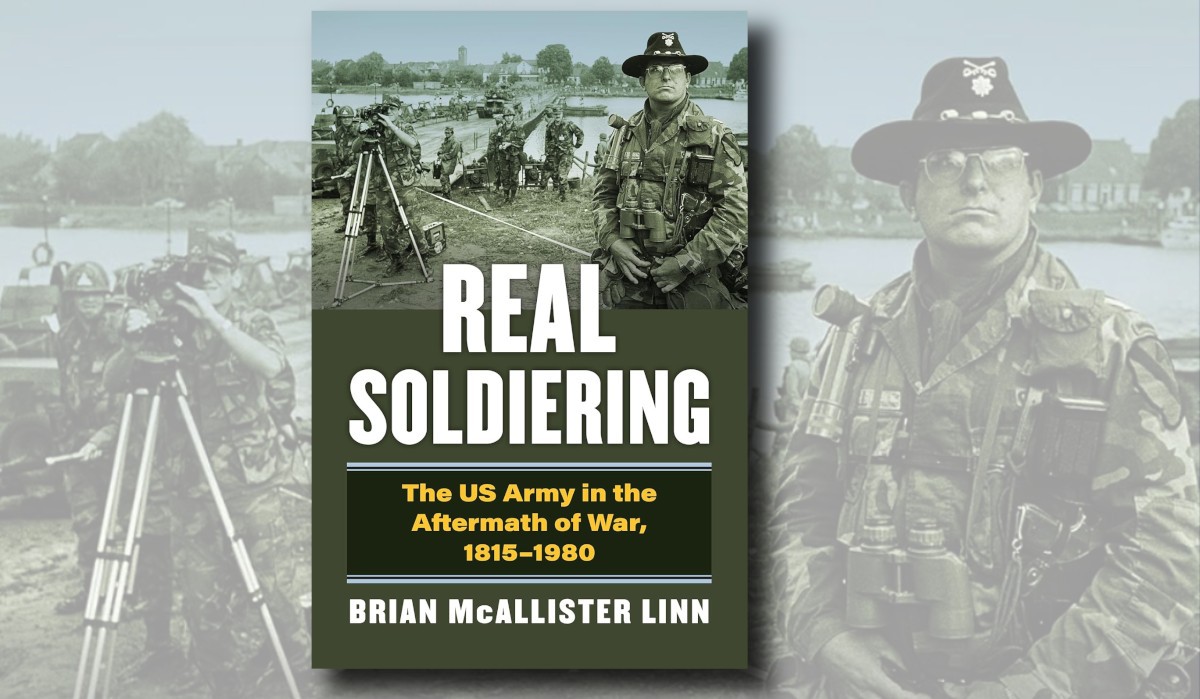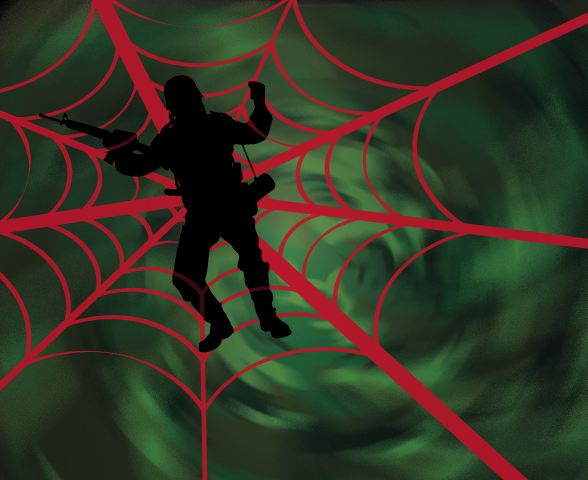The Forging of a First World War
By Elizabeth Greenhalgh
Cambridge University Press, 2011. 550.
Online ISBN: 9780511835254
Reviewed by BRIG Chris Roberts AM, CSC (Retd.)
Within the English speaking world, many volumes have been written on Field Marshal Sir Douglas Haig, Commander in Chief of the British Expeditionary Force, with seven biographies devoted to him in the decade prior to the centenary of the Great War. One such volume attributes him as ‘The Architect of Victory.’ This is not surprising given the Anglo-centric view of the war among the peoples of the former British Empire, and the dearth of books in English on Marshal Ferdinand Foch, Supreme Commander of the Allied Forces on the Western Front in 1918. The late Elizabeth’s Greenhalgh’s Foch in Command rectifies this omission.
What a tour de force this book is. Indeed, it is likely to stand as the pre-eminent English work on Foch during the Great War for decades to come. This is not, however, a biography of the man. Instead, it is a fine analysis of Foch’s evolution as a general during between 1914 and 1918. Greenhalgh addresses his command and leadership approach, his views on conducting the war, his relationships with his fellow commanders and political masters, and his strong beliefs, from France’s perspective, of the requirements to guarantee the peace that followed the great catastrophe. Above all, it demonstrates the pivotal part he played in guiding the Allied armies to victory in the last year of the war, under extraordinarily difficult circumstances.
Greenhalgh considers Foch’s journey from his time as a corps commander in Lorraine at the outbreak of war through to the man chosen to direct the Allied armies during the dark weeks of March 1918 and beyond. This odyssey falls into three distinct phases: his rapid advancement from corps commander to commander of the Northern Army Group in 1915-1916; his fall from grace after the Battle of the Somme and eventual appointment as Chief of Staff of the French army; and finally his time as Generalissimo of the Allied armies during 1918 and 1919. The picture that emerges from these pages is of a hard driving, energetic, optimistic, and supremely confident general with a strong belief in victory, and one who clearly developed and grew in stature from each experience. Greenhalgh argues that while Foch may have preached the offensive a outrance prior to war, he quickly recognised the requirements for victory on the entrenched battlefield. With a clear vision of what was required, he initiated and drove the strategy that led to victory in November 1918, strongly advocating his views against opponents, both political and military. After relating each distinct period of Foch’s experience, Greenhalgh reflects on Foch’s performance, what he drew from it, and its contribution to his professional development.
What brings credibility to Greenhalgh’s work is her sheer depth of research utilising a wide range of primary sources, not the least of which are Foch’s notebooks written during the war, and his letters to his wife. The notebooks are a rich source of his thoughts about the war, and the means to achieve victory. But this book offers more than a detailed and comprehensive insight to Foch. It provides a window into the political machinations driving the war effort, both military and civil, and the difficulties surrounding coalition warfare, especially when a Supreme Commander’s authority is not clearly defined and national expectations are not aligned. In an atmosphere of bickering, backbiting, and perfidious politicians, Foch’s achievements are even more remarkable, and marks him out as a man of high moral courage.
As with most biographies, Greenhalgh is certainly pro-Foch, although she is not hagiological. She readily presents commentary on the man from his contemporaries that is far from laudatory, and she herself is able to see his faults. In the disputes with Haig, General Philippe Pétain, Commander-in-Chief of the French Army, and General John Pershing, commander of the American Expeditionary Force, she invariably takes Foch’s side, often with good cause. However, one wonders if she had researched the other three as extensively and thoroughly as she has Foch, whether she would have been less critical of them - Haig and Pershing in particular, given the national interests they had to consider. Nonetheless, Greenhalgh’s work is essentially balanced and objective, and she presents her case based on sound evidence, careful thought and an eye on the big picture.
This is a very detailed study that may not appeal to all aficionados of the Great War. However, for anyone wanting to gain a thoroughly researched and thoughtful understanding of Foch during the war, and a fascinating insight in the higher direction of the Allied war effort, this is the book to read. It also includes lessons for those aspiring to high command in an army that will always be the junior partner in a coalition war.



